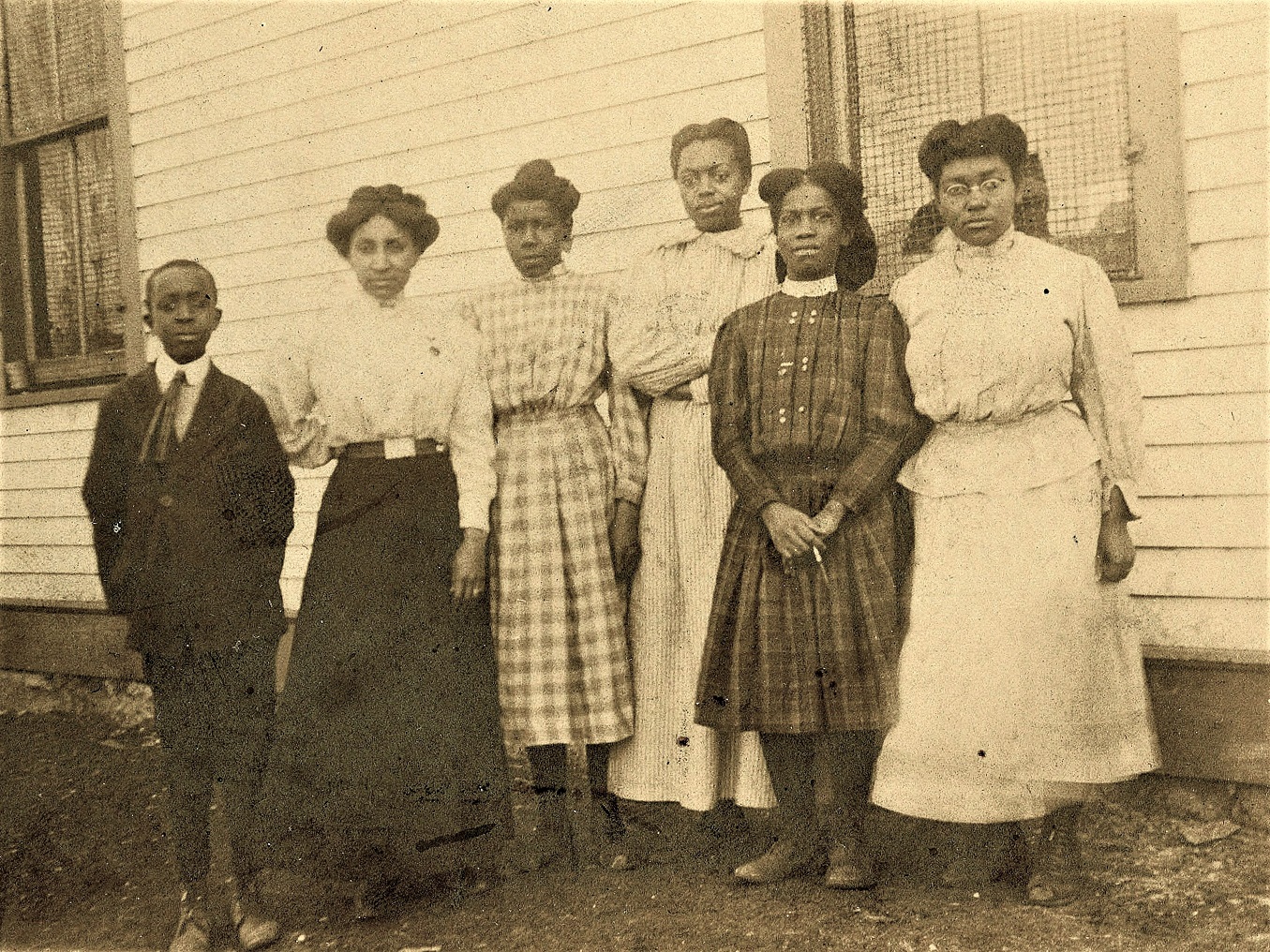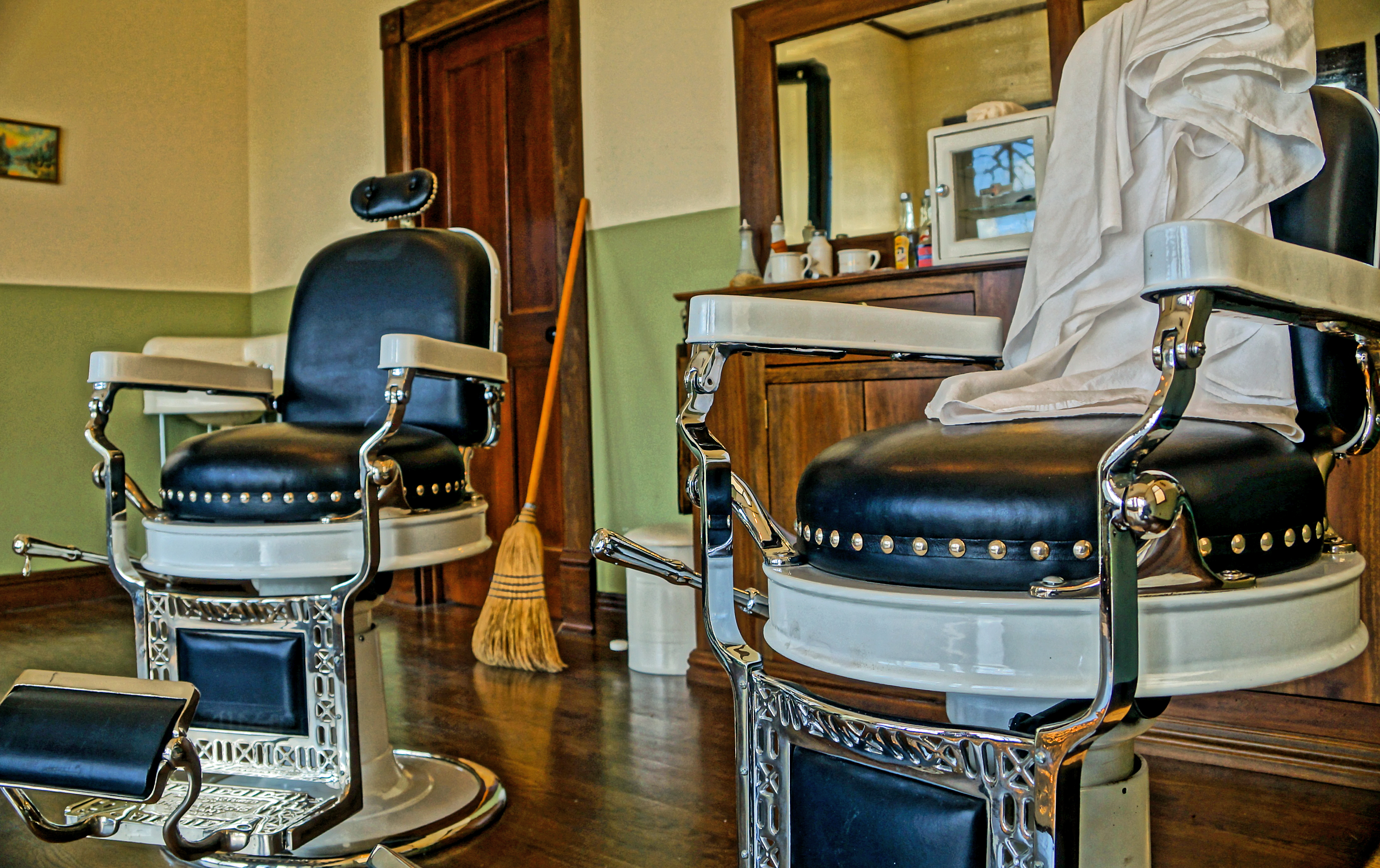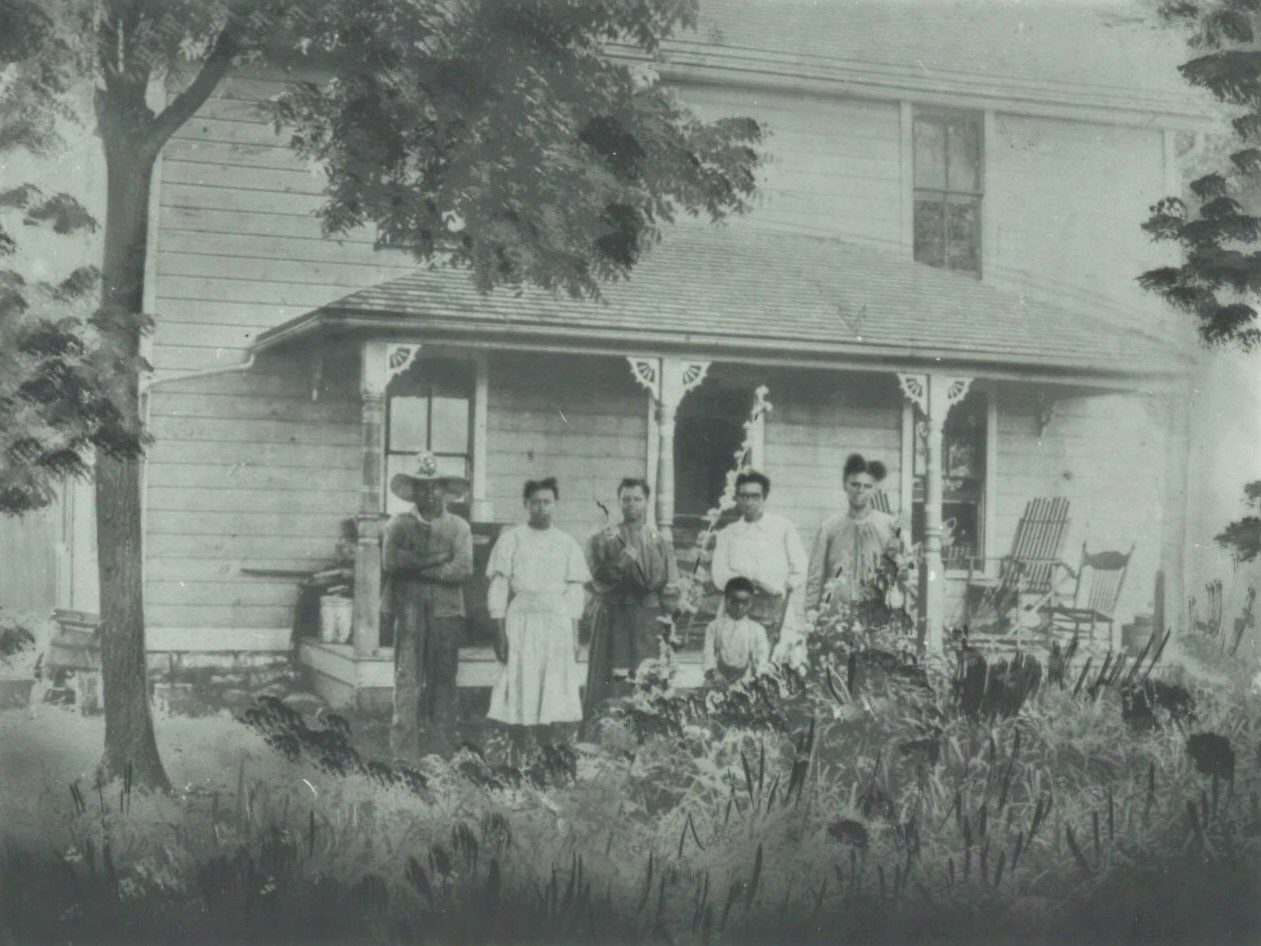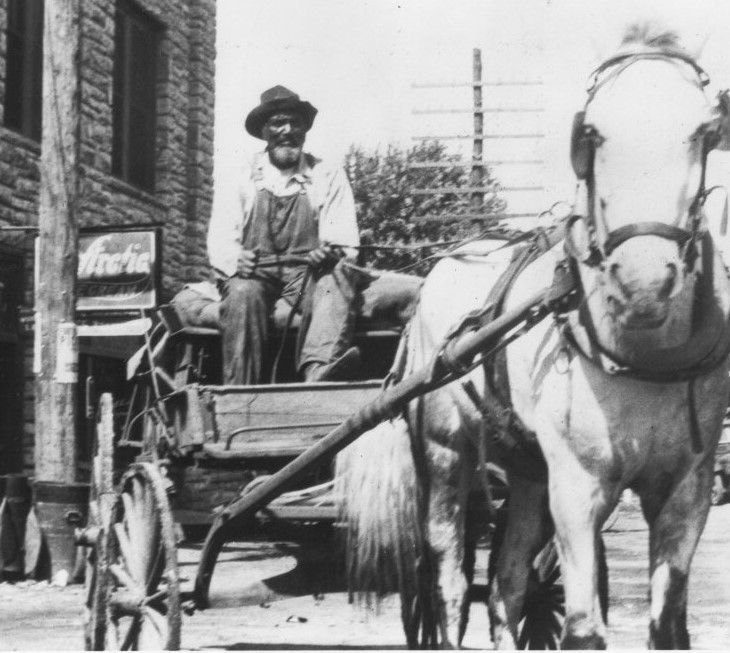
5 minute read
Bringing Juneteenth to Life
Shawnee Town's new "History Highlights" tours begin with a look at life for Black Americans in the 1920s.
article by Jackie Hostetler
photos courtesy Shawnee Town 1829
When most people think of museums, they envision static displays behind glass. But at Shawnee Town 1829, history breathes, moves, and speaks directly to visitors through immersive experiences that transport them back in time. This summer, the museum is launching a new “History Highlights” tour series, with the inaugural event focused on Juneteenth.
“We decided to kick it off in June with a Juneteenth theme,” says Hannah Howard, curator of education at Shawnee Town 1829. “The tour is called ‘Juneteenth Then and Now,’ and it’s a one-hour guided tour that will explore the museum spaces through the lens of Juneteenth and life in the 1920s.”
Beyond the Textbook: A Living History Approach
What makes this tour particularly compelling is its approach to history as a lived experience rather than a distant academic subject. Unlike traditional museums with display cases and informational placards, Shawnee Town 1829 serves as a living history site showcasing recreated 1920s buildings and spaces.
“Our goal is to take a national holiday and a national event and make it relatable using local history and local people,” Howard says. “We want to show what life felt like 100 years ago and put people into a real environment where they realize it’s not just history written in a book. It’s real people experiencing this in real time.”

The Juneteenth tour will explore several locations in the recreated town, including the Dunbar School, a segregated school in Shawnee during the 1920s. By walking through these spaces, visitors will gain a tangible understanding of life for Black Americans six decades after the end of slavery.
Uncovering Hidden Stories
While Juneteenth originated in Texas in 1865, the tour explores how news of emancipation and subsequent celebrations spread across the country, eventually becoming a tradition within Black communities nationwide—though it remained largely unknown to many Americans until its recent federal recognition.
“This has become a national holiday, but it was a national holiday that only a certain segment of the population was celebrating for a very long time,” Howard says. “It remained a separate, segregated celebration until it became a federally recognized holiday, which really brought it into the mainstream.”
The tour will highlight how the world was more interconnected than we might imagine it to have been in the 1920s, even without high-speed internet and 24/7 news channels.
“With the train lines and the fast delivery of news on the telephone and electrical systems, what was happening in Texas was very much going to be known and understood across the country,” Howard says.

Celebration and Commemoration
Instead of concentrating exclusively on struggles, the tour highlights the joyful spirit that has always been integral to Juneteenth celebrations.
“In the 1920s, the Black community was very much focused on trying to highlight African American figures of note and achievements for children to look up to and aspire to be,” Howard says.
She points to Carter G. Woodson’s creation of Negro History Week in 1926, which later evolved into Black History Month, as evidence of this emphasis on inspirational stories.
“That whole goal was about putting educational materials and knowledge into the hands of the teachers in the segregated schools across the country, making sure they had the tools to teach about African American figures of note.”

The tour will introduce visitors to local historical figures such as Cornelius Jackson, Robert McKellip, and Corinthian Nutter. These individuals and their stories have been thoroughly researched by the museum staff but rarely receive the spotlight they deserve.
“We have a lot of wonderful stories that are just waiting to be told about these individuals and about their achievements and what they would have experienced 100 years ago,” Howard says. “We’re excited to have a platform to actually do a deep dive on content that is usually only a part of the overall guided tour.”

A Living Legacy
The “Juneteenth Then and Now” tour begins at 11 a.m. June 21, but Howard emphasizes that these stories remain accessible even for those who can’t attend that specific date.
“All of the staff are very familiar with these tours,” she says. “Every guided tour is a custom experience based on the interests of the people in the group,” making it possible to explore these narratives on any visit.
The museum’s approach reminds us that Juneteenth is not merely a date on a calendar or a chapter in a textbook—it represents a living legacy carried forward by generations of Americans, now waiting to be discovered in the everyday spaces of a small Kansas town, meticulously recreated with care and purpose. These stories are poised to transform our understanding of both the past and the present.

FOR MORE
Shawnee Town 1929
11501 W. 57th St.
Shawnee, KS 66203
913-248-2360






